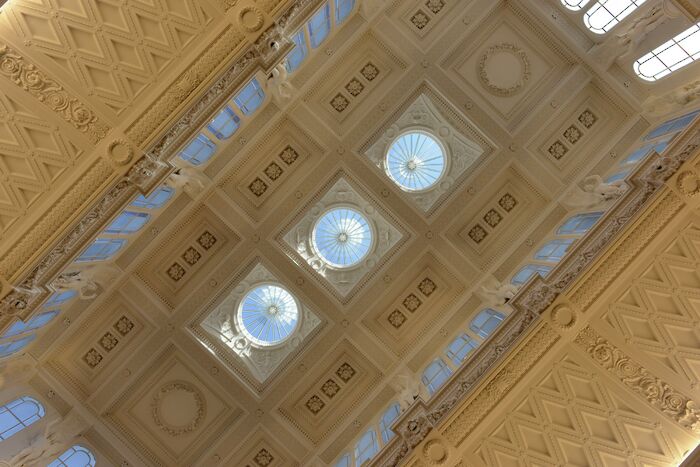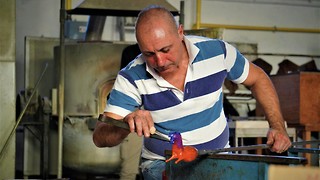The Musée Zadkine – a haven from the Parisian tourist trail
Writing from her MML year abroad, Esmee Wright finds this smaller museum a delightful alternative to more obvious exhibitions
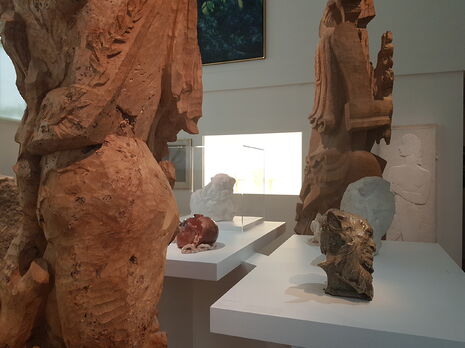
With museum classics like the Louvre and the Musée d’Orsay, and art festivals that seem to take place every weekend, it is undeniable that Paris is one of the world’s art capitals. But while the Louvre might be able to pride itself on its long view of art history and France’s involvement in the world, sometimes it is better to turn to the smaller ventures for a more in-depth look. Such is the case with Musée Zadkine, a small atelier-musée, whose existence I might never have discovered if I didn’t have the mixed fortune of ending up in an attic by the Jardin de Luxembourg, only a five minute walk from the museum. And indeed, although the Russian-born, French-naturalised 20th-century sculptor has managed to place himself right at the heart of my academic interests, I may never have finally made my way down there if it weren’t for their new exhibition; La rêveur de la forêt.
“This was a beautifully thought-out exhibition”
On the museum website, it was claimed that La rêveur de la forêt, or The dreamer of the forest, would be an exploration of Zadkine’s fascination with wood and that it would incorporate multiple sources and creators in order to explore the ideas Zadkine communicates in his sculptures. For such a targeted exhibition such as this, the value of a smaller venue becomes clear. Rather like the difference in presentation between the Fitzwilliam and Kettle’s Yard’s House, Musée Zadkine gives a far more personal experience of art than one of the great Paris museums. Not only is Musée Zadkine dedicated solely to Ossip Zadkine, but it is situated in the Paris apartment that was once his home and studio.
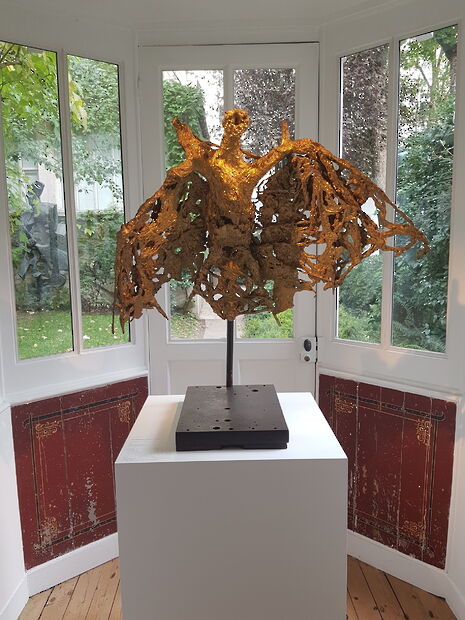
The house itself is painted white inside, but it is far from the impersonal white cube aesthetic which is so popular across the contemporary art world. Pieces are allowed to breathe in space. Germaine Richier’s “La chauve-souris”(1946) stands triumphant (or tormented) in alcove, the shining gold backgrounded by Zadkine’s red oriental wood panelling and his vibrant green garden through the window. It is this link between the interior and the actual physical exterior of the museum which really gives away Zadkine’s inspiration. For all that, Russia has always held its fascination with the pines of Siberia, it is in the pines in Zadkine’s own garden that you can see his inspiration for the forms he carved out of wood in the first room of the exhibition. These standing bodies, smoothed and engraved, can be seen in the pines which stand tall in the garden.
“The pieces spoke to each other as much as they did to the onlooker”
No explicit explanation was needed in order to understand why the works which had been chosen were matched with their conceptual cousins. In one room stands Zadkin’s Cariatide, fragments (1923-24), a collection of three pieces of wood which were exposed, under Zadkine’s careful eye, to nature for 60 years. Next to this piece is Offensive contre V (1982), a wooden sculpture by A.R. Penck, consisting of a tree trunk with small rectangular holes gouged out of it. The visual comparison is so clear, all that remains is for the viewer to come up with their own meanings.
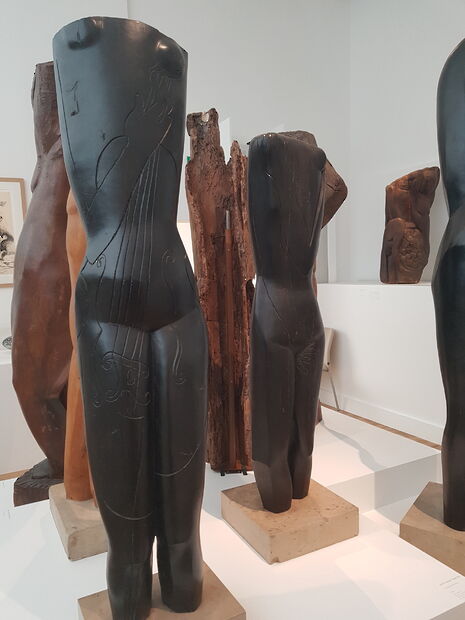
You can research further if you want - a quick internet search reveals that A.R. Penck was the pseudonym of East-German artist Ralf Winkler, who campaigned to bring down the border in Germany. Zadkine’s most well-known work is probably his monument to Rotterdam’s destruction by the Luftwaffe, The Destroyed City (1951-53). The viewer can decide for themselves what they would like to make of the similarities between these works and these artists. Equally, you do not have to dive deep into the information available. You can simply enjoy and appreciate the two pieces of art in and of themselves for what they reveal about nature and humanity’s interaction with it.
This was a beautifully thought-out exhibition. The pieces spoke to each other as much as they did to the onlooker, and it didn’t hurt that it was small and quiet enough that one of the security guards took it upon himself to give me a quick tour. In comparison with the constant bustle of the Louvre, it was actually possible to experience the quiet contemplation that Zadkine’s carvings deserve. There is a place for the drama and discussion which large exhibitions in grand museums generate. Equally, there is a desire for the serenity that only this little hidden-away house, and galleries like it, can satisfy.
 Comment / The (Dys)functions of student politics at Cambridge19 January 2026
Comment / The (Dys)functions of student politics at Cambridge19 January 2026 News / Local business in trademark battle with Uni over use of ‘Cambridge’17 January 2026
News / Local business in trademark battle with Uni over use of ‘Cambridge’17 January 2026 Arts / Exploring Cambridge’s modernist architecture20 January 2026
Arts / Exploring Cambridge’s modernist architecture20 January 2026 Features / Exploring Cambridge’s past, present, and future18 January 2026
Features / Exploring Cambridge’s past, present, and future18 January 2026 News / Your Party protesters rally against US action in Venezuela19 January 2026
News / Your Party protesters rally against US action in Venezuela19 January 2026

